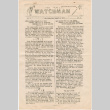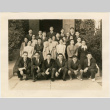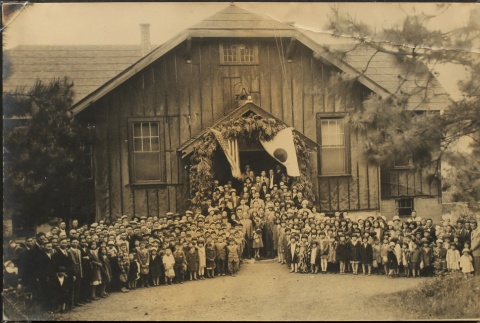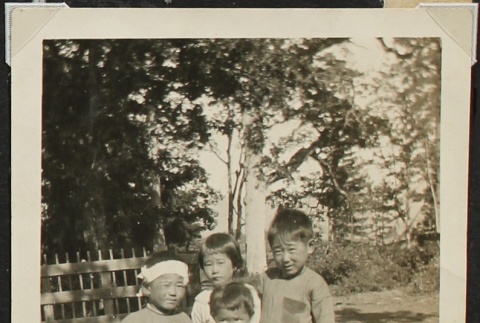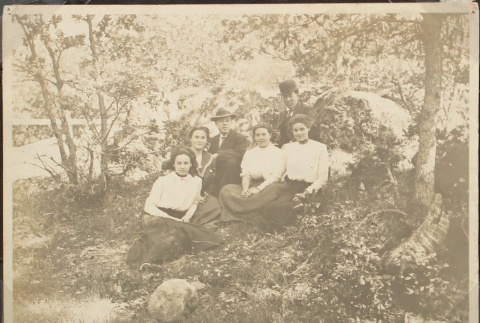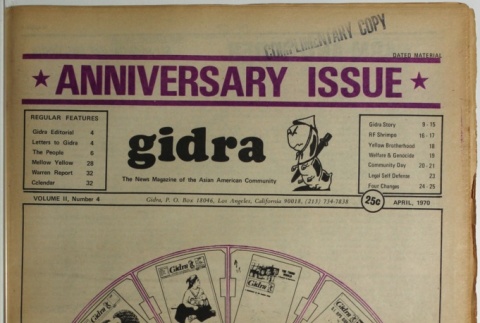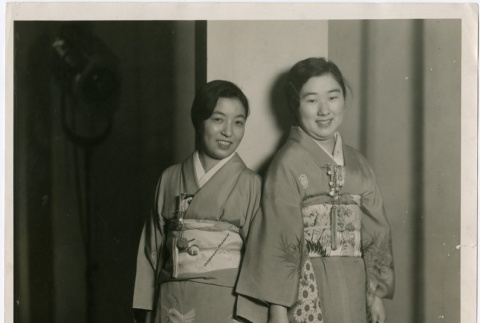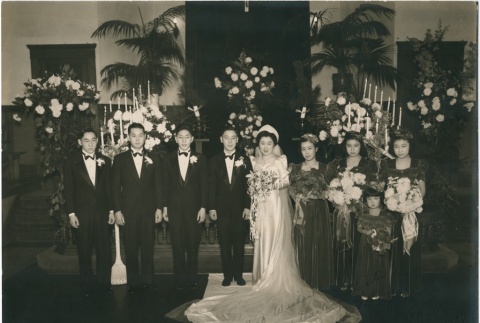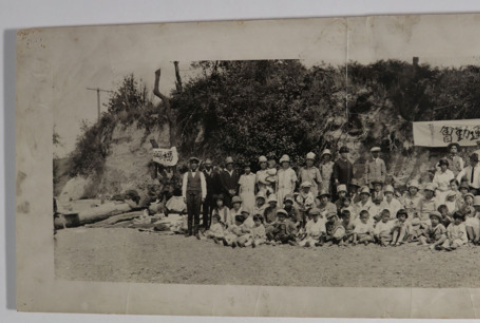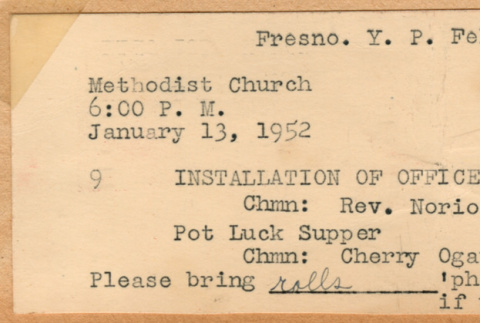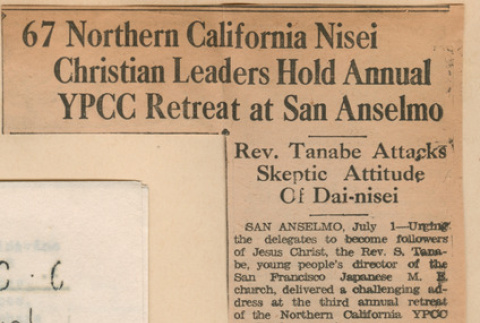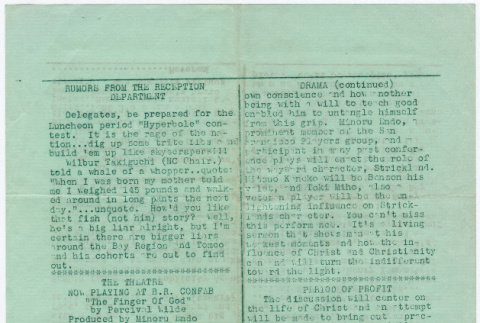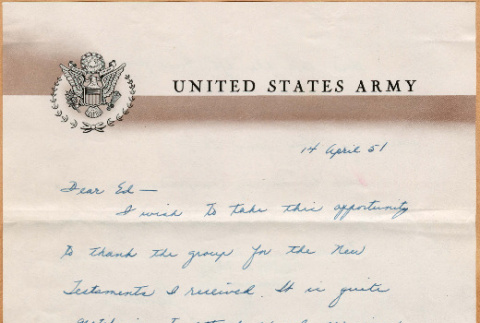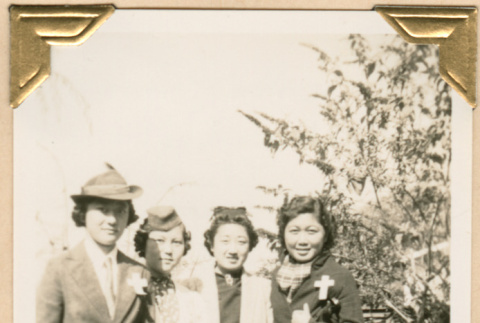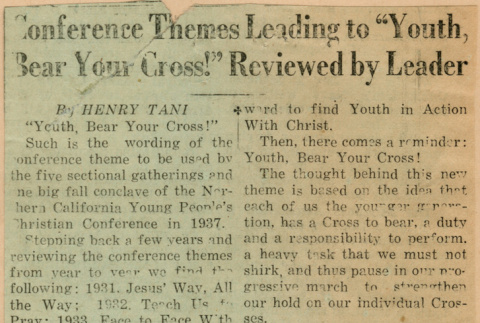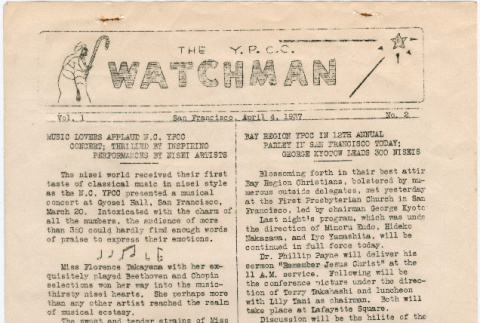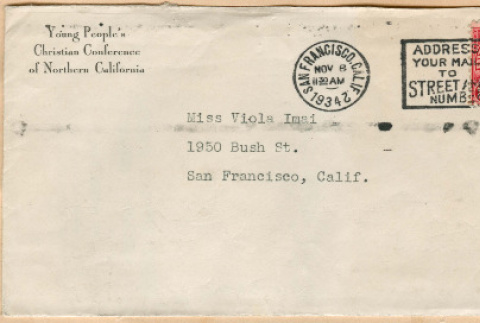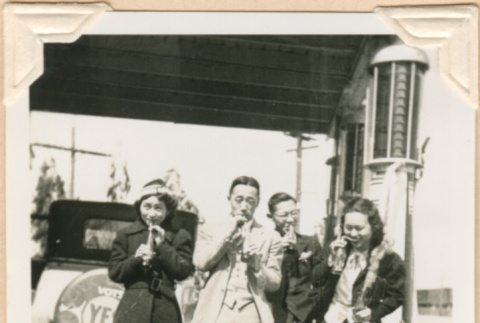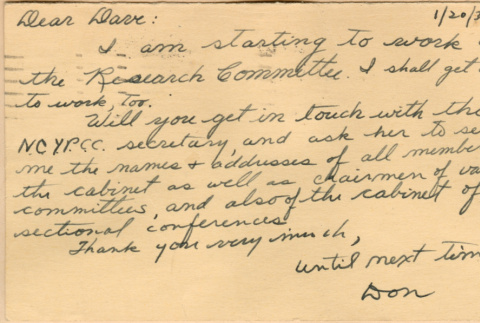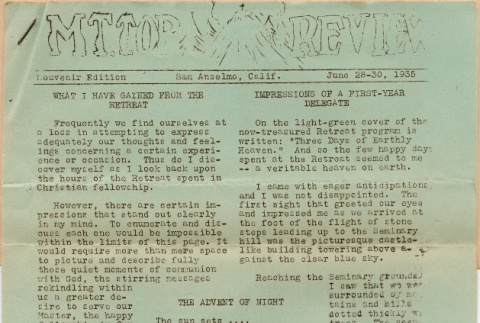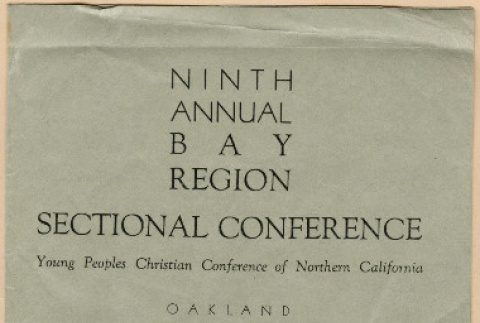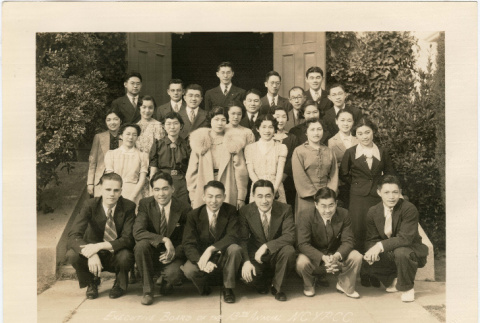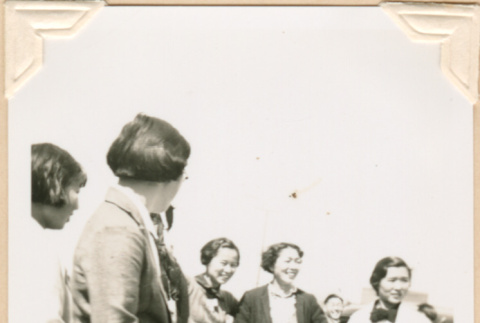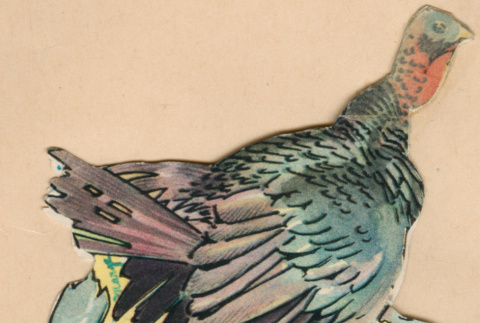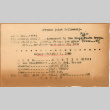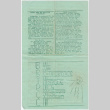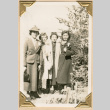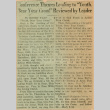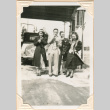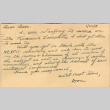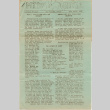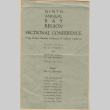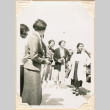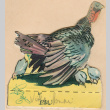Community activities
Japanese Americans of the pre-World War II era, urban and rural dwellers alike, lived in tight-knit communities bound together by a wide variety of shared associations and institutions. In an era marked by pronounced anti-Asian racism, Japanese Americans in cities tended to live in segregated ghettoes. While discrimination was the reason for isolated Japanese American neighborhoods, the well-organized and tight-knit community provided a rich social and cultural foundation for the Japanese immigrants and their children.
Community activities
(871)
871 items
871 items

img
"Hood River Japanese community welcoming dignitaries" (ddr-densho-259-299)
Caption by Yuka Yasui: "Hood River Japanese community welcoming dignitaries." Caption by Homer Yasui: "A very large gathering of Nikkei in front of the Hood River Japanese Community Hall I will guess that the couple in the center was the Japanese ambassador to the United States, Debuchi Kakka and Mrs. Debuchi. According to Corky Kawasaki, Kakka …

img
Four Nikkei children (ddr-densho-259-97)
Caption by Homer Yasui: "Ches [Yasui] at around the age of 4. He is wearing a white hachimaki (headband) and has his right eye squinted in a very typical pose. Kay and two other little Nikkei kids are shown."
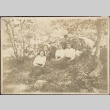
img
Issei men and white women in a wooded bower (ddr-densho-259-156)
Masuo Yasui, an unidentified Issei man, and four unidentified white women sitting in a wooded area.
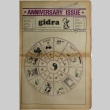
doc
Gidra, Vol. II, No. 4 (April 1970) (ddr-densho-297-13)
Selected article titles: "ARM and Order" (p. 2), "Peace, or Else" (p. 3). "Gidra Banned from UCLA" (p. 4), "Revolution at Isla Vista" (p. 5), "The Gidra Story" (p. 9), "Yellow Brotherhood" (p. 18), "An Analysis of and Alternatives to Nixon's Welfare Proposals" (p. 19), "Legal Self Defense" (p. 23).

img
Mae Hara and Rae Yoshioka at World's Fair (ddr-densho-308-5)
Mae (Kanazawa) Hara spent three years (1932-1935) in Chicago to attend college and study music. During the summer of 1933, Chicago hosted the World's Fair. Hara and her cousin, Rae Yoshioka, worked at the Japanese Pavilion. During the opening ceremonies both girls wore kimonos and served as ushers. Hara also sang in a 5,000 voice choir …
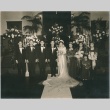
img
Hara wedding (ddr-densho-308-6)
Mae (Kanazawa) Hara returned to Seattle, Washington from teaching music in Japan in the spring of 1939. While Hara had been abroad, her parents had arranged a marriage between her and a childhood friend, Iwao Hara. They were married on October 19, 1939.
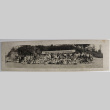
img
Panorama of large group of Japanese on outing (ddr-densho-321-1410)
Caption: Tacoma, WA About 1925 or 1926 / Japanese Community Beach Gathering
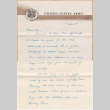
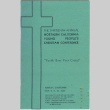
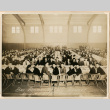
img
Group photo seated at banquet (ddr-densho-341-87)
Caption: Bay Region YPCC Banquet at Y.M.C.A. S.F. April 4, 1937
